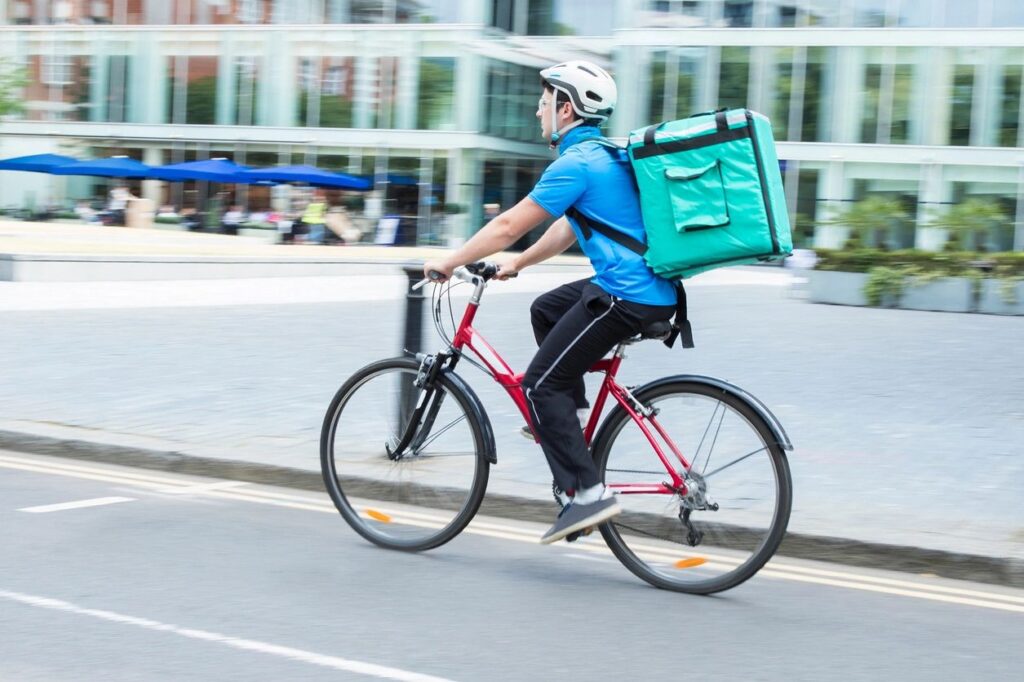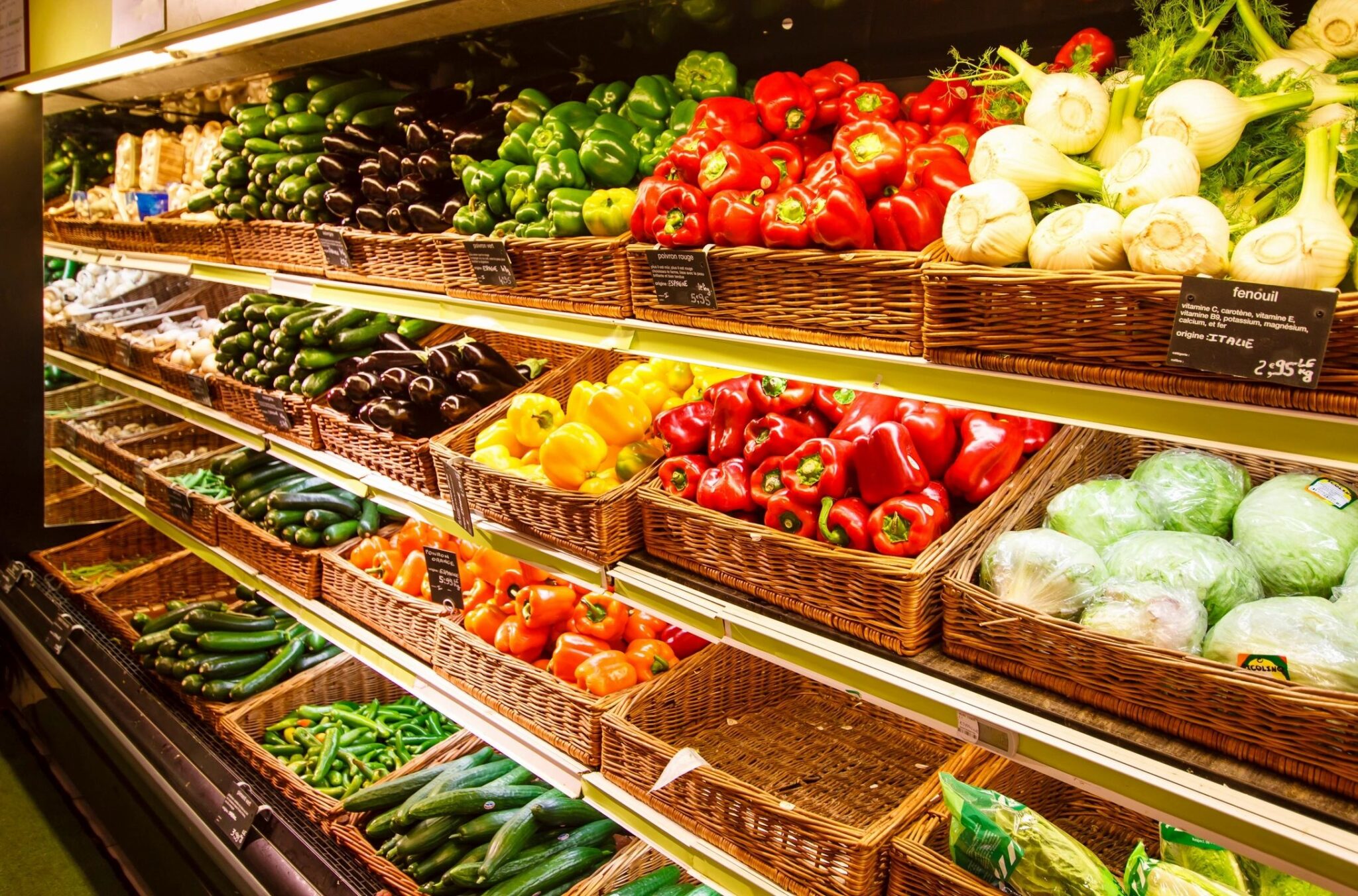What to Know about Your Food and Coronavirus
The rapid spread of COVID-19 breeds concerns about food and coronavirus, but studies show no direct link between virus transmission and food.
By Emily Folk
The coronavirus outbreak has had a substantial impact on food consumption and production. People flood grocery stores to stockpile goods, and restaurants across the United States close to maintain social distancing. Amid all the panic, you may find yourself with a few questions.
As of April 19, 2020, there were more than 400,000 cases of COVID-19 in the US. While you may be concerned, it’s unclear to many what they should worry about. For example, you might have noticed that health authorities have been relatively silent about food.
The coronavirus is highly contagious, and despite distancing regulations, food still changes a lot of hands through its production. How does the coronavirus affect the health of these products? Are there any risks you should be aware of?
Can you catch coronavirus from food?
Given the extent of other regulations, you may be surprised by the lack of guidelines regarding food. However, you can rest assured that food is safe, at least from COVID-19. No evidence suggests that food items are associated with the spread of the coronavirus.
Many diseases, even those caused by other viruses, can spread via food, so it’s easy to assume the same about the coronavirus. However, SARS-CoV-2, the disease behind COVID-19, is a respiratory virus, which generally attaches to respiratory cells.
Studies on similar respiratory disorders have shown that people transmit them by touch or droplets and aerosols. Things like sneezing and coughing will transmit the virus, but eating food won’t. COVID-19 primarily spreads from person to person through close contact or inhaling respiratory droplets.
Can you catch coronavirus from food packaging?
Another factor in buying and selling food might concern you. Even if you can’t contract the virus through digestion, what about handling infected surfaces like food packaging? If the disease remains on a container and you touch that surface and then your face, will that infect you?
These concerns are increasingly relevant as more people handle food products in light of the situation. Companies are joining initiatives like the World Food Programme to provide for people who can’t access food because of the virus. Similarly, many people are ordering through delivery services so that they don’t have to leave their homes.


These situations lead to food passing through more hands before it reaches consumers, resulting in a higher risk of an infected person handling your food packaging. However, this isn’t a cause for concern, as the Food and Drug Administration (FDA) states that packaging doesn’t transmit the disease.
The FDA does confirm that the virus could be spread through touching infected surfaces. Nevertheless, surfaces aren’t the primary mode of transmission, and the germs don’t linger on surfaces for long. Therefore, there is little cause for concern about food or food packaging.
How to reduce your risk of contracting COVID-19
Just because you’re not likely to contract COVID-19 from food or its packaging doesn’t mean you shouldn’t be careful. You should still take every precaution to stay safe, including washing your hands, not touching your face, and protecting yourself from coughs and sneezes. By following a few necessary steps, you can buy, handle, and eat products comfortably and safely.
It’s unlikely that you’ll catch COVID-19 from food packaging, but you can’t rule it out completely. Cooking food items before you eat them will likely kill the virus. For cold foods, be sure to wash your hands thoroughly and always wash your produce thoroughly with water, and you’ll reduce your risk of encountering the virus.
The coronavirus only lingers on surfaces for up to three days under the right conditions, so you don’t have to worry about products imported from areas with high infection rates, such as China. You should take this pandemic seriously, but your meals are no cause for alarm.
References
Centers for Disease Control and Prevention. (2020, April 9). Cases of Coronavirus Disease (COVID-19) in the U.S. https://www.cdc.gov/coronavirus/2019-ncov/cases-updates/cases-in-us.html
Harvard Health Publishing. (2020, April 6). COVID-19 basics. https://www.health.harvard.edu/diseases-and-conditions/covid-19-basics
Kemin. (2019, August 14). Kemin’s World Food Programme Partnership. https://www.kemin.com/na/en-us/blog/corporate/world-food-programme-partnership
Kutter, J. S., Spronken, M. I., Fraaij, P. L., Fouchier, R. A. M., & Herfst, S. (2018, January 17). Transmission routes of respiratory viruses among humans. ScienceDirect, 28, 142-151. https://www.sciencedirect.com/science/article/pii/S1879625717301773
U.S. Food and Drug Administration. (2020, April 6). Food Safety and the Coronavirus Disease 2019 (COVID-19). https://www.fda.gov/food/food-safety-during-emergencies/food-safety-and-coronavirus-disease-2019-covid-19


About the Author
Emily Folk is a sustainability and green tech writer. You can read more of her work on her blog, Conservation Folks, or follow her on Twitter.




